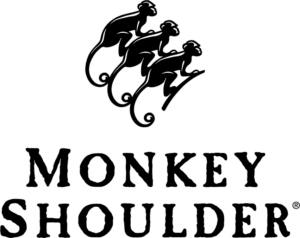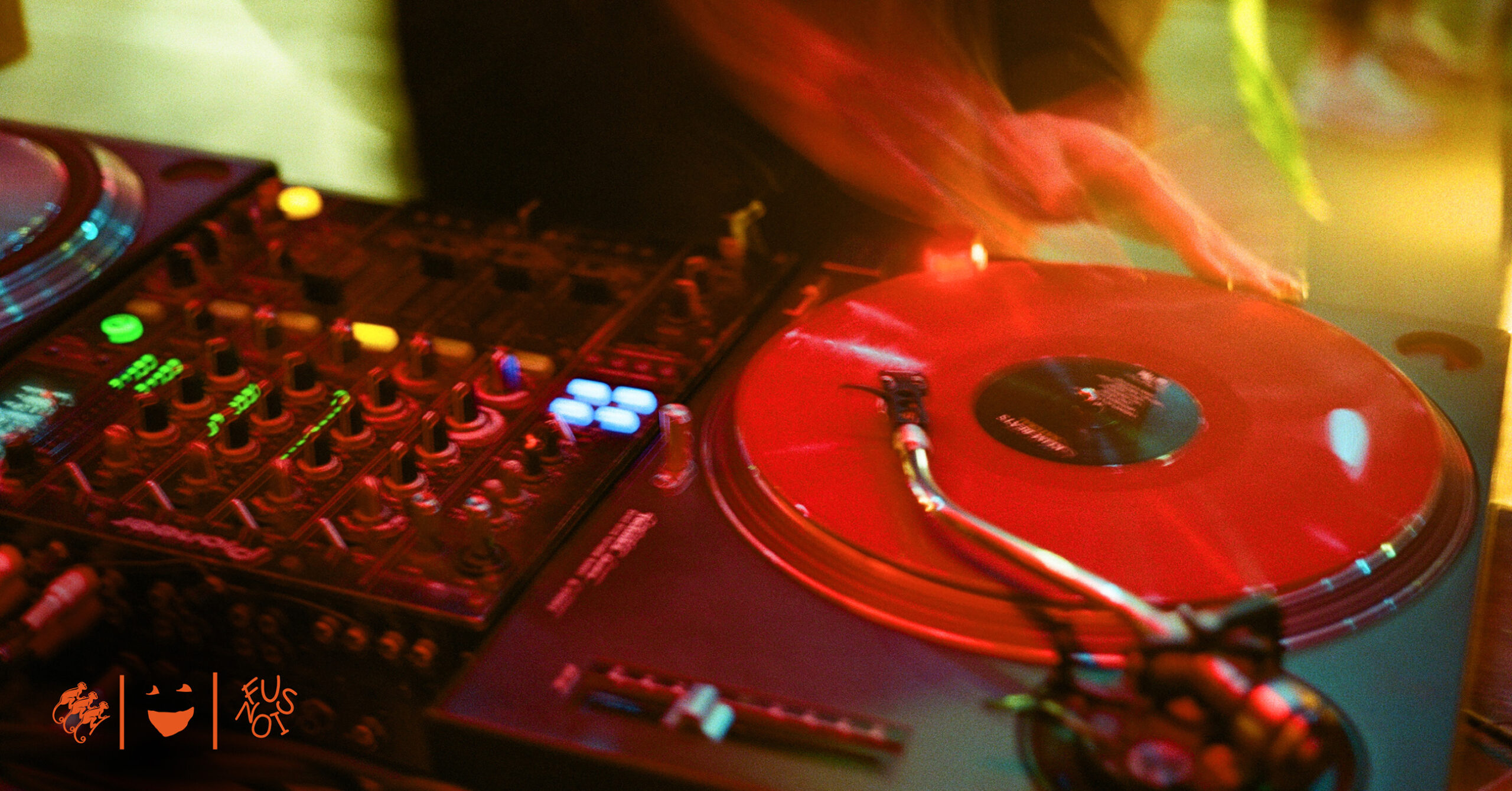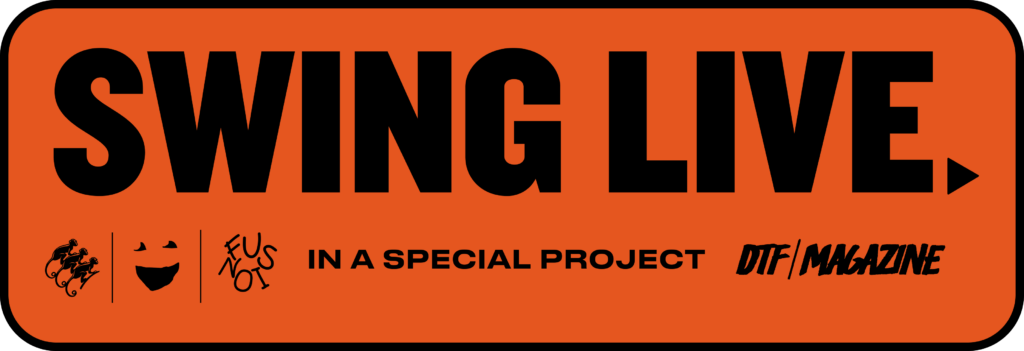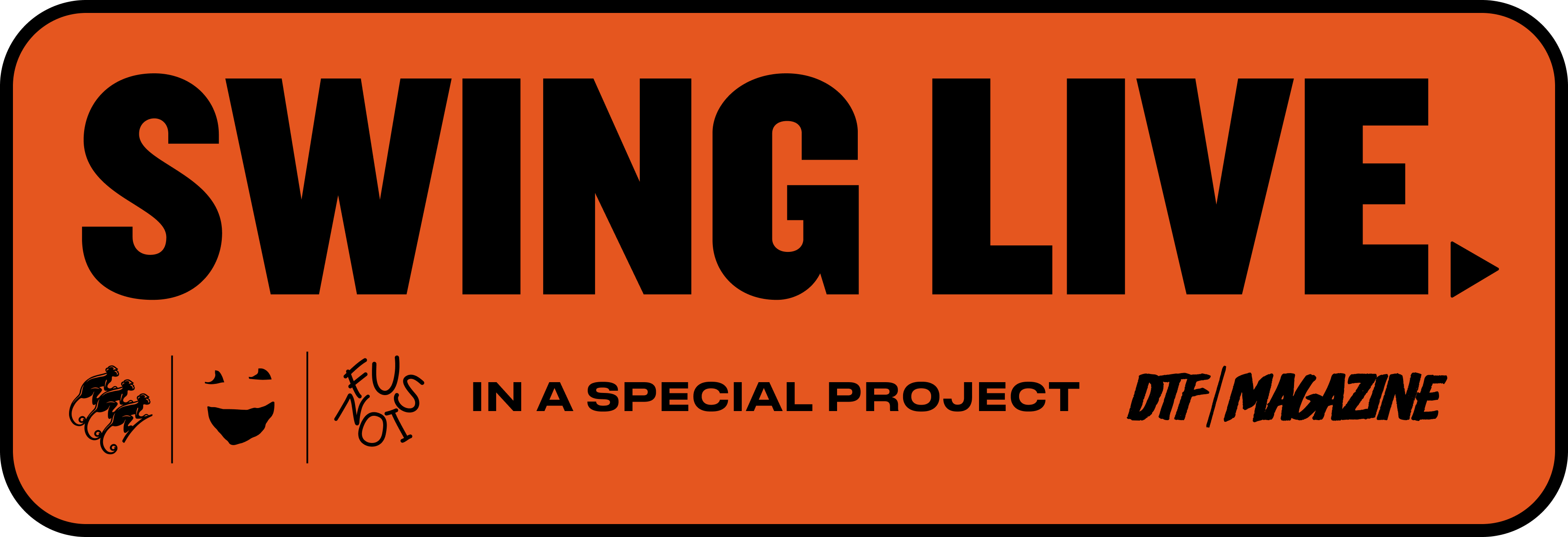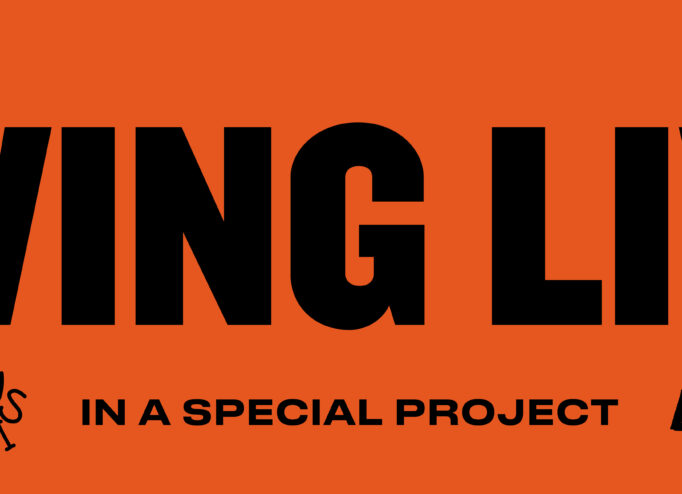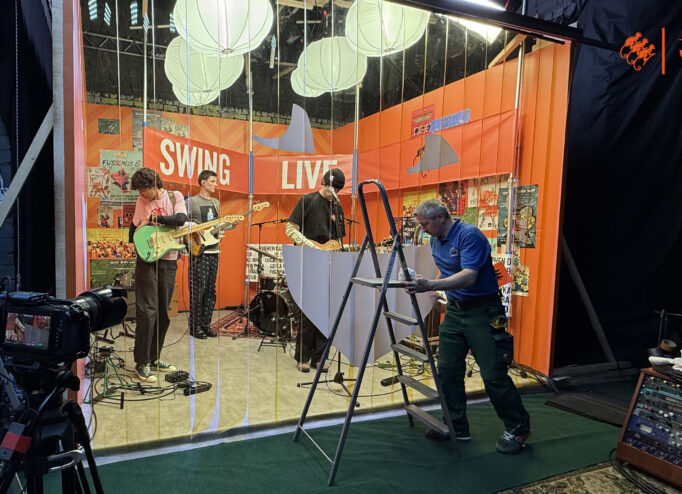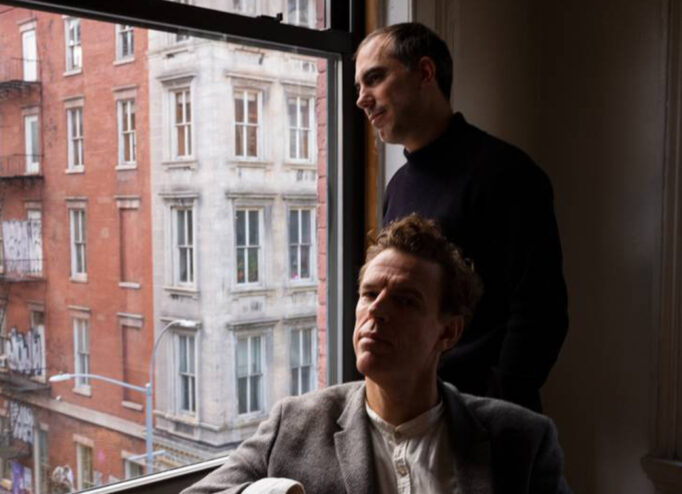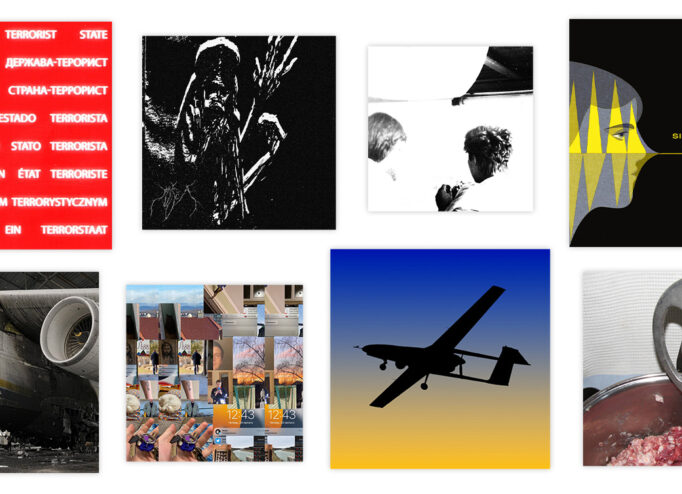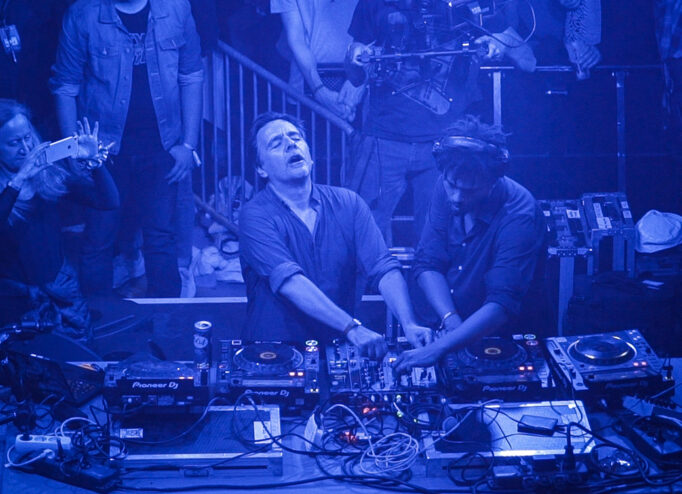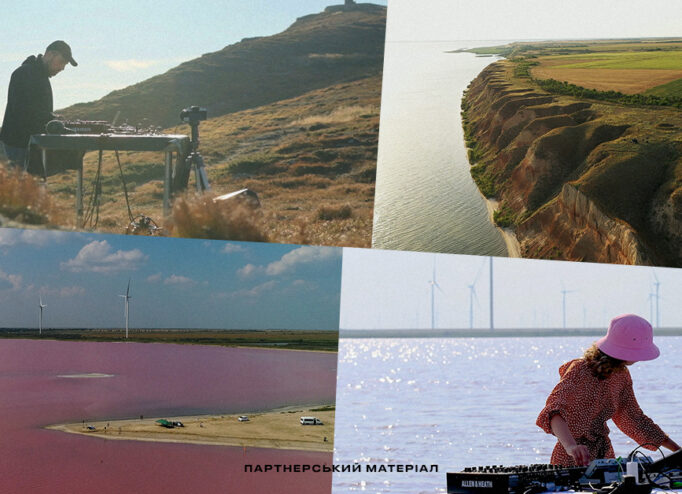DTF Magazine, the Monkey Shoulder brand, and the No Time For Swing label continue to spotlight the FUSION JAMS community as well as Ukraine’s improvisational and jazz scene as part of the Swing Live project. For this text, we asked musicians, journalists, managers, and event organizers to share their personal sources of inspiration — favorite YouTube channels, books, websites, apps, live recordings, albums, and so on (there’s even a tip about a metronome). So here we present this list of 73 resources for inspiration and learning.
And already on September 16 and 17, FUSION JAMS together with Monkey Shoulder will hold an educational offline intensive with jam sessions to inspire, unite, and develop the community. The schedule and registration for the event are available via this link.
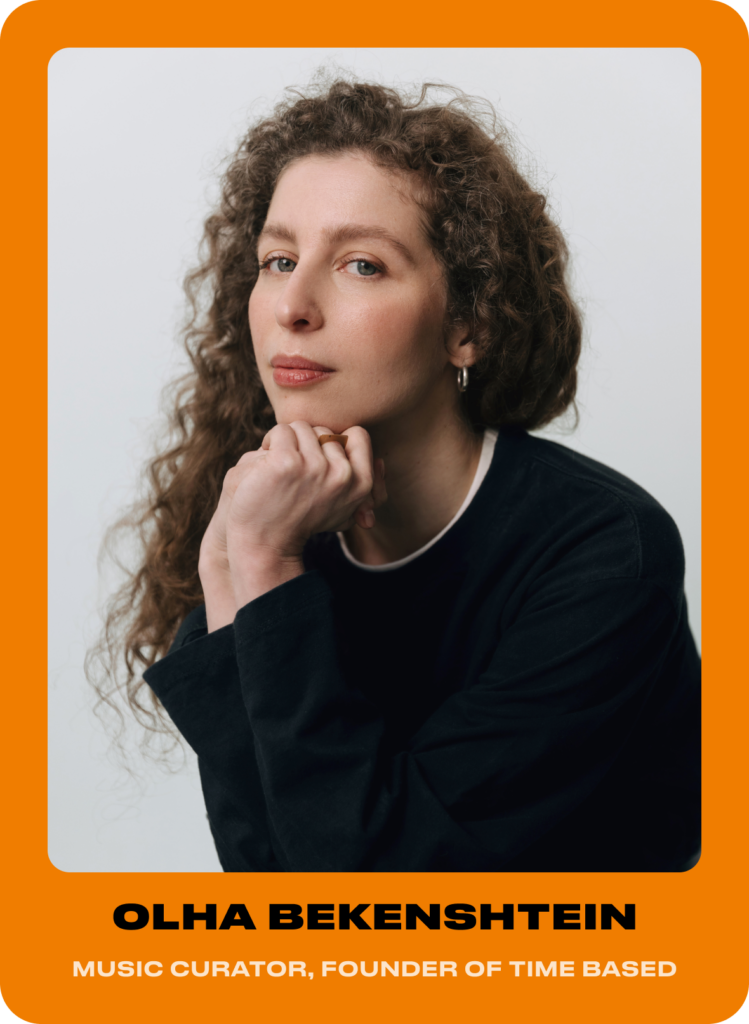
1. Julio Cortázar’s book ‘62: A Model Kit’ once completely changed my perception of literature and the power of art’s emotional impact. It laid the foundation for what I’ve been looking for most ever since: surprise and a sense of a changing space. I don’t remember music in this particular book, but in Cortázar’s other works jazz is ever-present: from character prototypes (as in ‘The Pursuer’) to references and descriptions of music (as in ‘Hopscotch’).
2. Amiri Baraka’s ‘Black Music’ — a collection of essays, reviews, and interviews from the early 1960s about African American music. Baraka analyzes the work of John Coltrane, Miles Davis, Sun Ra, and others in the context of the struggle for freedom and identity. The book begins with the phrase: ‘Most jazz critics have been white Americans, but most important jazz musicians have not been’.
3. Jazzfest Berlin. While I’ve found other festivals more interesting in recent years, I’m very inspired by the work of its artistic director, Nadin Deventer. Unfortunately, a truly curatorial approach at music festivals is a rarity.
4. Big Ears festival. Every year its lineup is incredibly eclectic and organic. It features everyone you need to know about. For example, it’s very likely (or maybe it has already happened) that on the same day you could hear Yves Tumor, Meredith Monk, and our own DakhaBrakha performing there.
5. Recordings from the ‘(Un)Lost Tapes’ events — a research project by the Dim Zvuku team working with the phonotheque of Lviv Radio.
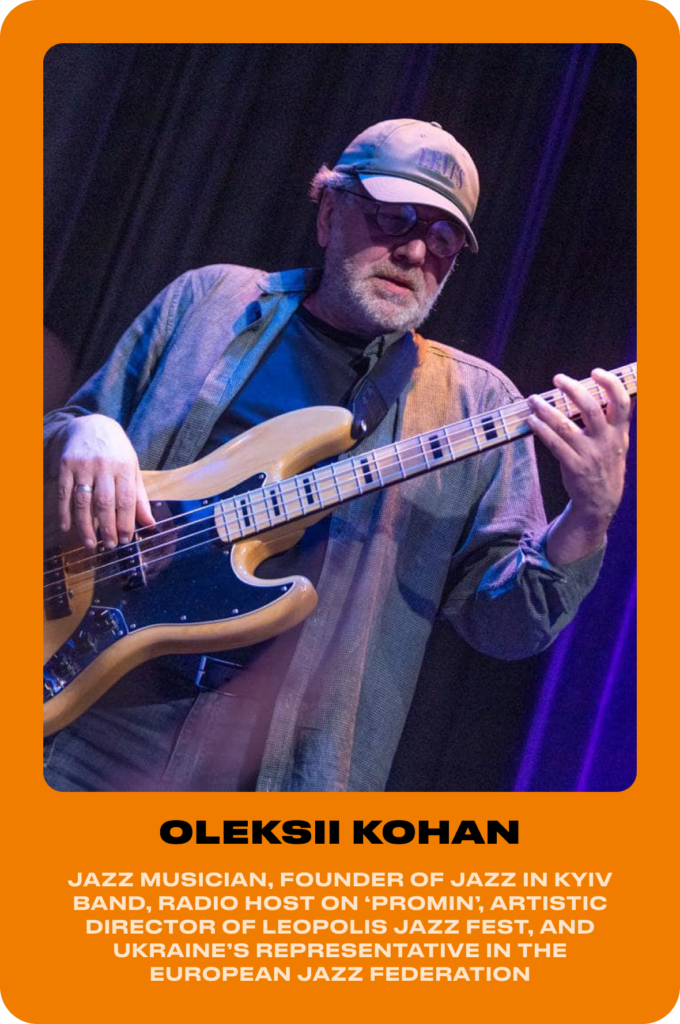
6. All About Jazz website. I go here whenever I want to discover new music. It’s a highly reputable resource where you can find absolutely everything.
7. Ken Burns’ miniseries ‘Jazz’ — the most expensive documentary project about jazz, and one that everyone should see. 18 hours, 10 DVDs, 10 episodes.
8. The Schwann Catalog — a massive volume organized first by musicians, then by jazz compositions, and by the record labels that released them. Basically, you can find absolutely everything you need in there.
9. Miles Davis — ‘Kind of Blue’. Miles was a fantastic talent scout. Just look at his records: can you name even one musician who played with him and didn’t become a star? There aren’t any.
10. Magazines — Billboard, Melody Maker, the German Jazz Podium, the Italian Musica Jazz, the British The Wire and Jazwisse, the French Jazz Magazine, and the American DownBeat and JazzTimes.
11. Among the books — works by Nat Hentoff, Dan Morgenstern, the first president of the Ukrainian Jazz Association Volodymyr Stepanovych Symonenko (including his ‘Ukrainian Encyclopedia of Jazz’), as well as Hugues Panassié’s ‘The Real Jazz’.
12. Music — ‘A Love Supreme’ by John Coltrane, ‘Time Out’ by the Dave Brubeck Quartet, ‘Concert by the Sea’ by Erroll Garner, as well as recordings by Thelonious Monk, Wes Montgomery, and Bill Evans — these are the essentials that everyone should listen to.
13. CDs — I have more than 30,000 CDs at home, and they are my main source of inspiration. At the same time, I often emphasize that this is not my collection but rather my working tool.
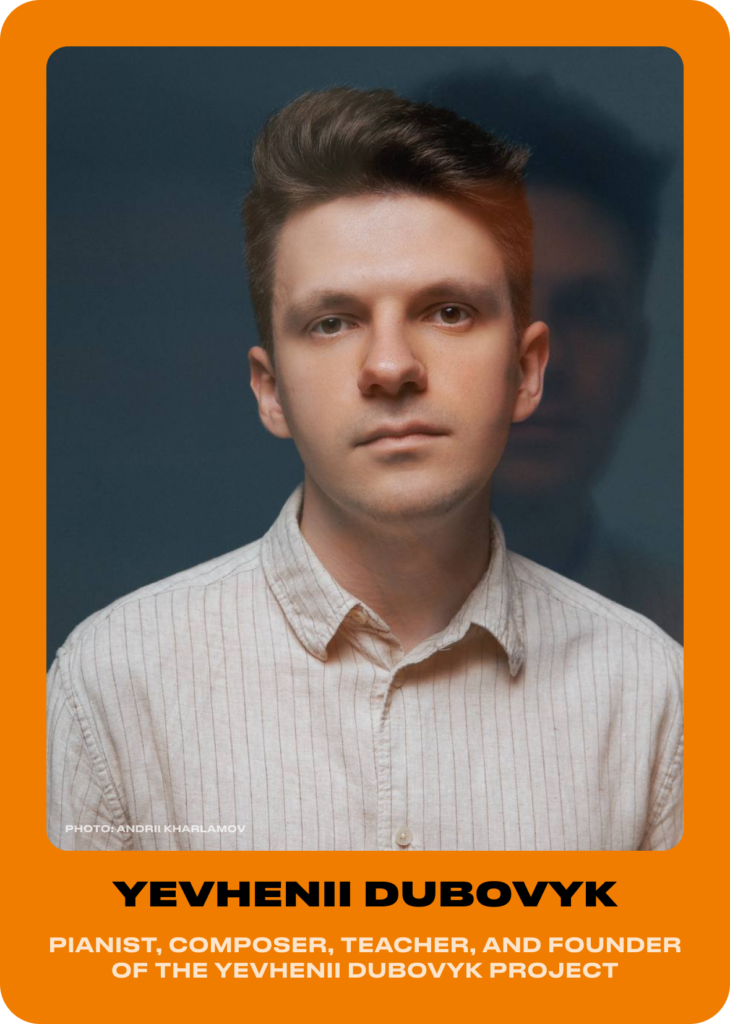
14. Gondwana Records — this UK-based label has been inspiring me for the past five years. I love their overall aesthetic, visual style, and the artists they release. The artists I’ve listened to the most from the label are Portico Quartet, GoGo Penguin, Mammal Hands, Hania Rani, and Jasmine Myra.
15. ECM — the legendary German label. They are so good at selecting musicians, composers, and artists that the term ‘the ECM sound’ has even emerged. Once you hear it, you immediately know what kind of music it refers to. By the way, the label also features music by the renowned Ukrainian composer Valentyn Sylvestrov.
16. Spotify’s track-based radio function — an unexpected source of inspiration. Over the years of using the service, I’ve discovered dozens of little-known European jazz groups that I still follow. Among them are NAUSYQA, molass, Błoto, Ambient Jazz Ensemble, and others.
17. The Learning Synths — Playground website by Ableton. First, you go through a detailed introduction to the basics of synthesis, and then on a separate page you can play with faders, filters, and knobs. You can lose yourself for hours while leveling up your skills with analog synthesizers. And it all comes with a pleasant design and is completely free.
18. Adam Neely’s YouTube channel. He’s a bassist and music theorist who often breaks down compositions from his own projects and creates other educational content.
19. Charles Cornell’s YouTube channel. He used to focus mainly on ‘meme harmonizations’, but later shifted toward educational content. Now he breaks down and analyzes a wide variety of music.
20. George Collier’s YouTube channel. He creates music transcriptions of live performances.
21. YouTube channels — NPR Music, KEXP, ARTE Concert, ECM Records, Gondwana Records, nordkeyboards, jazzaheadtradefair. Watching and listening to live performances is a special kind of pleasure. You can often discover new artists this way. It’s an endless source of inspiration.
22. Ukrainian bands and musicians — Hyphen Dash, Maryan Karpinskyi Expierence, Yevhen Puhachov Quintet, Pokaz Trio, BITLO, Andrii Barmalii, Usein Bekirov, Oleksandr Seleznov ETC, Laura Marti, Maria Lui, Leleka, and many others. Each of these projects proves that jazz and jazz-adjacent music in Ukraine is alive, developing, and flourishing.
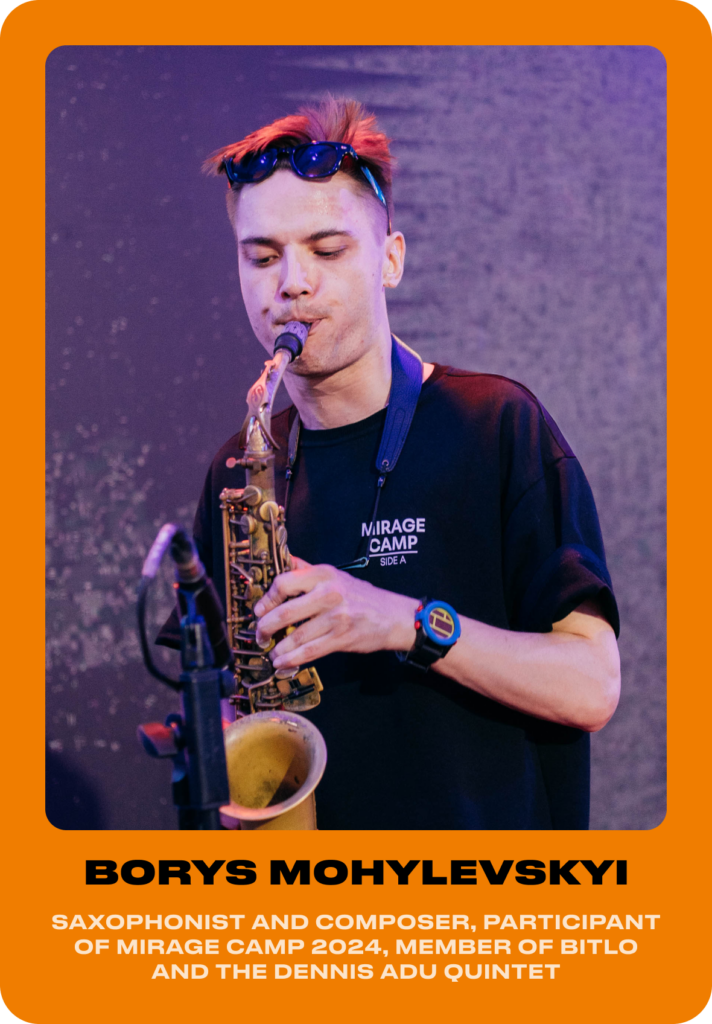
23–24. Websites Learn Jazz Standards and JazzStandards — excellent resources for learning jazz standards.
25. Jamey Aebersold’s play-a-longs — educational materials for learning jazz standards and practicing improvisation with accompaniment. My personal favorites are vol. 61 and vol. 68.
26. Jerry Bergonzi’s books — systematic guides to jazz improvisation that combine theory and practice. They cover topics from arpeggios and chord progressions to rhythm and patterns. Bergonzi’s books help train the ear, technique, and imagination, provide concrete tools for creating melodic lines, and make improvisation more conscious, diverse, and free.
27. HornFX website — a community created specifically for wind musicians who want to use effect pedals in their live performances or studio work. The site offers a lot of advice and useful information.
28. Tape It app (for iPhone only) — created for recording and organizing audio. It’s geared towards musicians, producers, and anyone working with ideas on the go. You can add the record button to the lock screen. And the app also allows you to add notes and easily sort and find the fragments you need.
29. Live streams from Smalls. Live broadcasts of concerts from the legendary New York jazz club.
30. YouTube channel Musical Streams with recordings of producers’ Twitch streams, where they show their workflow.
31. The Help Me Devvon and Pensado’s Place podcasts are dedicated to music production.
32. The show Against The Clock, where producers have to create a beat in 10 minutes.
33. The show The Cave is a project by producer Kenny Beats, where he and a guest create a beat and write lyrics for it within 10 minutes.
34. The show Rhythm Roulette, where producers blindly pick three records and create a beat by sampling them.
35. Ukrainian artists worth listening to include Dennis Adu, BITLO, Oi Fusk, Kostiantyn Ionenko, Rusiiick, Hyphen Dash, and MC Rep.
36. International artists worth listening to include John Coltrane, Immanuel Wilkins, Joel Ross, Austin Peralta, Walter Smith III, Gerald Clayton, Philip Dizack, Ambrose Akinmusire, Terence Blanchard, Ben Wendel, and Kurt Rosenwinkel.
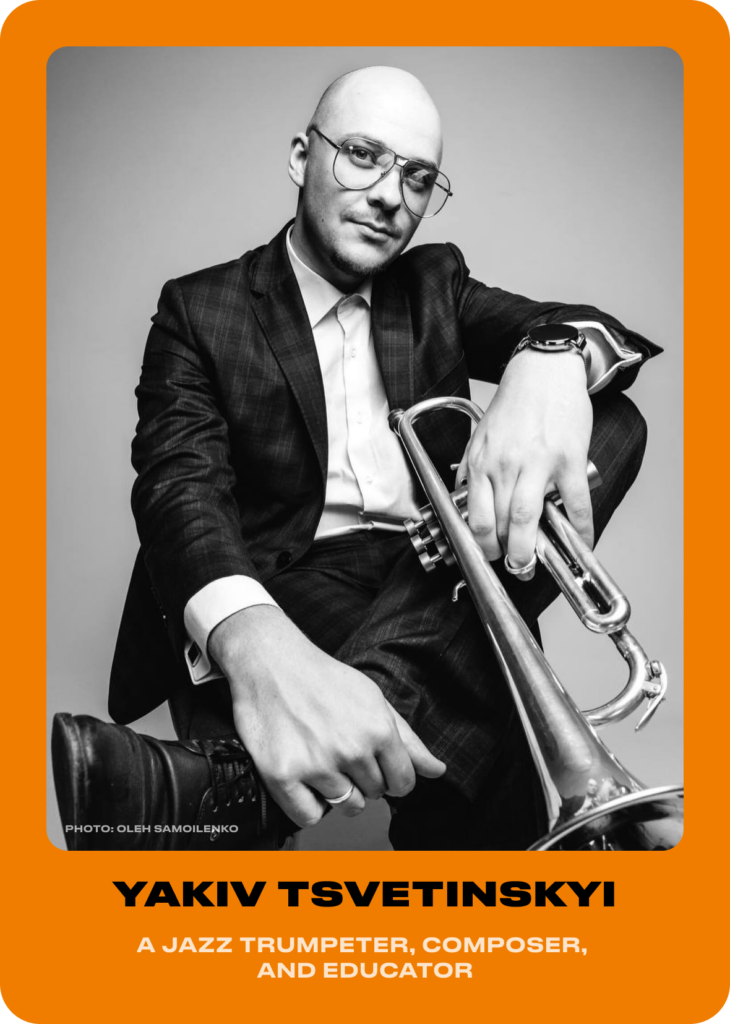
37. Wayne Shorter is probably my biggest musical reference point today. And it’s not only because his music is profound, beautiful, and incredibly diverse, but also because his vision of art and improvisation was significantly different from that of most improvisers. In his philosophy, music is a reflection of humanity, and improvisation is a brave leap into the unknown. Without exaggeration, he was a cosmic composer and musician, a truly unique figure in world art.
38. Ukrainian composers — I regularly listen on repeat to the piano works and string quartets of Valentyn Sylvestrov, the symphonies of Stankovych, the works of Lyatoshynskyi, and the poems of Viktor Kosenko, and of course, this is far from a complete list. In my opinion, we don’t even realize a small part of the beauty that Ukrainian composers have given to the world. They inspire me first and foremost with their music, and only secondly with the fact that they are Ukrainian — though that is also important.
39. Composer Giya Kancheli is a master of time control and an incredible melodist. His works combine spaciousness, contemplativeness, and a restrained yet dense and rich emotionality. I really want to understand his secret and how to recreate these qualities in my own music, but so far I haven’t even come close to unraveling the mystery.
40. Yoko Kanno — I clearly remember my first impression when, as a child, my father showed me a fragment from the iconic anime ‘Cowboy Bebop’, where the action and dynamics of the scene were accompanied by her soundtrack. From that moment on, I’ve never been able to ‘unhear’ or ‘unsee’ it — the action and storyline have forever become an inseparable part of the music for me. I regularly relisten to her albums and from time to time rewatch anime with her works.
41. Studio Ghibli — I believe Hayao Miyazaki’s stories have inspired many people. The constant elements in most of his anime are themes of war, pure love, the sky, and the freedom of flight — themes that are eternal and especially painful now. I often rewatch ‘Nausicaä of the Valley of the Wind’ and ‘Castle in the Sky’, but my favorite work by Hayao is ‘Porco Rosso’.
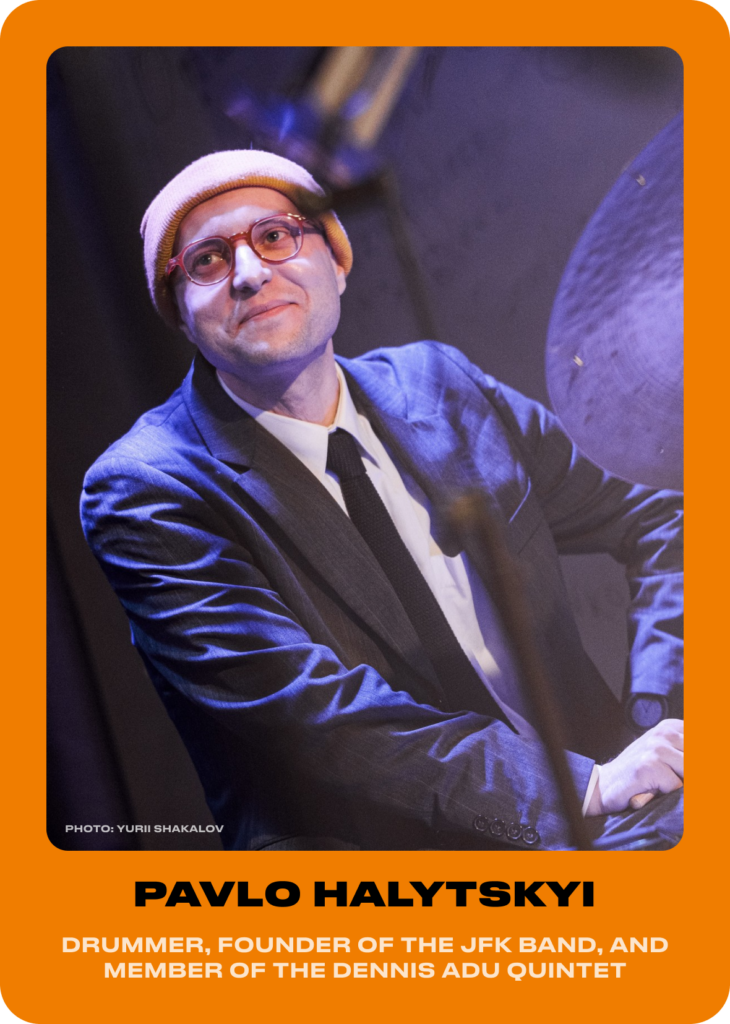
42. The book ‘Thelonious Monk: The Life and Times of an American Original’ is a biography of pianist Thelonious Monk. It reveals the era of the 1950s–1960s, describing world events and the history of music. It’s fascinating to listen to individual albums while understanding what these songs are about and how they were written.
43. The biography of Miles Davis — interesting facts about the musician’s life.
44. The book ‘The Big Love: Life & Death with Bill Evans’ tells the story of the last 18 months of the pianist’s life. It was written by his girlfriend, Laurie Verchomin. The text is a very easy read—you can get through it in just a day or two. In it, the musician appears from a different perspective. For example, I had no idea he had a brother to whom he dedicated one of his compositions. Such details allow us to get to know the performer more deeply as a person.
45. Rose Anvil’s YouTube channel is run by a guy who simply cuts shoes apart and shows how they’re built inside. It has nothing to do with music, but the topic is interesting from the perspective of comfort. Footwear is an important part of life, and for me as a drummer, it’s almost the same as drumsticks in my hands: they have to be convenient and comfortable.
46. Jam sessions are an inseparable part of jazz, where musicians communicate with each other through the language of music. People who have never played together can just come and perform a song — just because they know how to do it. For example, open jam sessions are now held every Monday at the Glière Kyiv Municipal Academy of Music.
47. Live performances. Attending concerts has a huge impact on inspiration. When you go to see your favorite artists or musicians perform, it has a very powerful effect on you. Such experiences stay with you for a lifetime.
48. Among my favorite films are the works of Quentin Tarantino, Alfred Hitchcock, David Lynch, and the Coen Brothers. As for music, I love the soundtrack by Carter Burwell for the film ‘A Serious Man’, which features exceptionally original melodies and unexpected harmonies.
49. Other musicians: GRP All-Star Big Band, Aziza Mustafa Zadeh, Dave Weckl (‘Synergy’ album), Art Blakey (‘Caravan’ album), Herbie Hancock Quartet, Milt Jackson Quartet, Modern Jazz Quartet, and Max Roach.
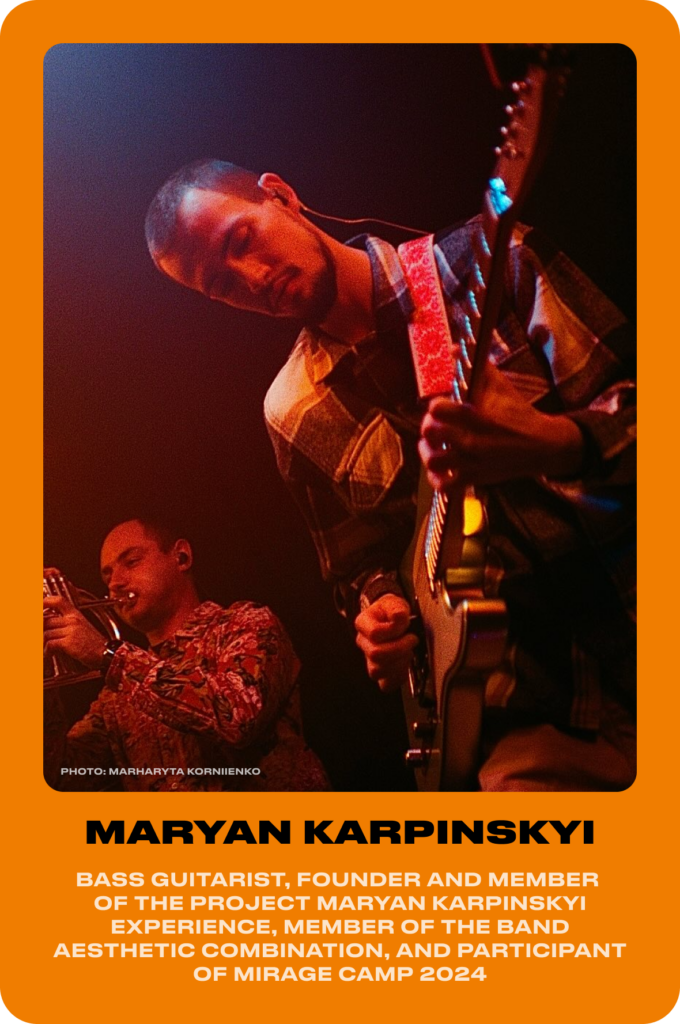
50. Rick Beato’s YouTube channel is a true goldmine for musicians and anyone connected to music. Here you can learn about theory, sound production, and effective practice exercises for instruments. My favorite series is ‘What Makes This Song Great?’, where Uncle Rick breaks down legendary compositions in detail. The channel also features interviews with prominent musical figures.
51. Adam Neely’s YouTube channel offers an inside look at how the New York jazz-adjacent industry operates. Thanks to this channel, I’ve learned countless new terms and concepts. In my opinion, Adam is a true musical scholar: he analyzes topics thoroughly and in depth, always relying on facts and expert opinions. Plus, the high-quality visuals and presentation make watching especially engaging.
52. Nahre Sol’s YouTube channel belongs to a classical pianist who shares insights into effective practice techniques and music. She has a series called ‘How to Sound Like…’, where she analyzes the style of a specific composer and demonstrates how to recreate it. The most interesting one for me is her ‘Genre Exploring’ series, in which she breaks down styles from bebop to flamenco.
53. The YouTube channel David Bruce Composer — a channel by a classical composer from the UK. It covers serious musical topics that require some background knowledge to understand. His approach is similar to Adam Neely’s, but viewed through the lens of an academic composer.
54. The YouTube channel Open Studio is the best online platform for jazz education. It features many guest artists who share their expertise on improvisation, technique, sound production, discipline, and the organization of a musical life. They build a community around them by hosting weekly practice sessions where you can play together with professionals. Subscription-based courses are also available on their website.
55. The You’ll Hear It podcast is an original project by two mentors from Open Studio. It covers life, music, practicing your instrument, famous figures, bands, and everything related to jazz and jazz-adjacent culture.
56. GroundUp Music is the label founded by Michael League, bassist and founder of Snarky Puppy. Michael says he doesn’t tie himself to any specific style: he’s interested in music from all over the world, which he weaves together with his own experience and vision of sound. Thanks to this, the label features a wide variety of artists from all over the globe — all of them are world-class virtuosos. For me, GroundUp is an opportunity to discover new music, and my most recent finds are The Secret Trio and House of Waters.
57. A documentary about the recording of Snarky Puppy’s album ‘We Like It Here’ — after watching this film, my perception of music and the work behind it fundamentally changed. There is nothing more to add: you just have to see it.
58. The ‘Live from Emmet’s Place’ series features weekly performances by American pianist Emmet Cohen from New York. For me, it’s the most accurate depiction of a true jazz atmosphere: musicians play and enjoy themselves, the audience responds, and there’s no competition or display of ego— just music, improvisation, and interaction.Watching any of these live sessions makes you want to play jazz right away.
59. Opera Avangard is a community that embodies one of the most important aspects of jazz. After all, without active participation in jam sessions and interaction with other musicians, it’s impossible to learn how to play improvisational music. The members of Opera Avangard understand this perfectly and are actively developing the jazz community in Lviv.
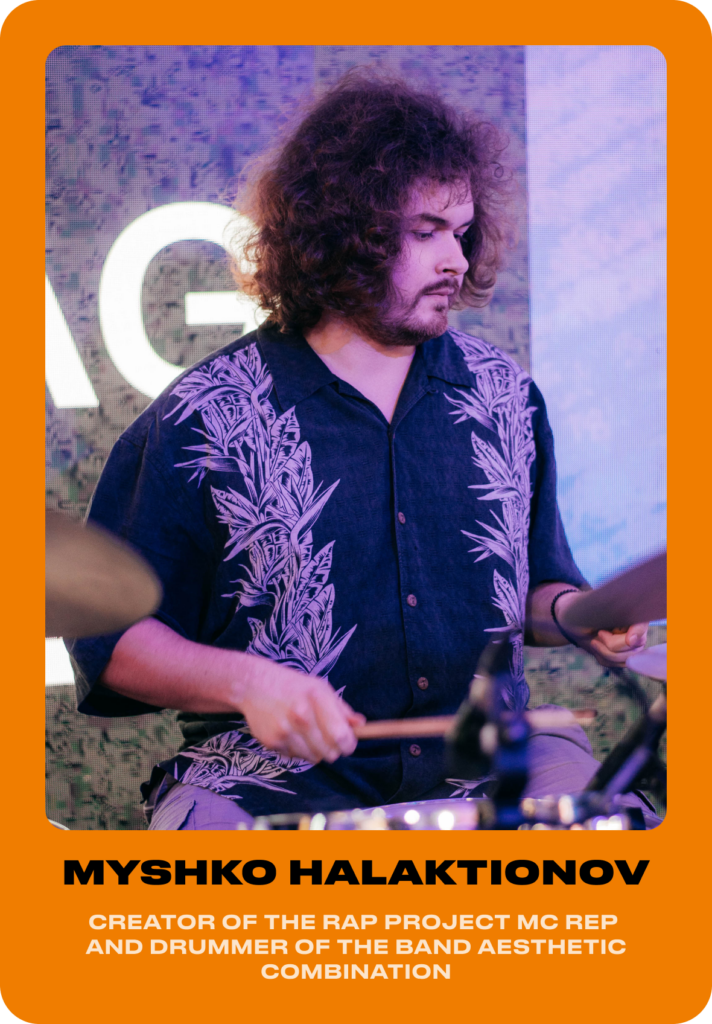
60. The BOSS DB-90 metronome. I recently bought this device. It’s great for practicing on your own, and also for syncing the click via MIDI signal with other musicians to work on something together.
61. RythmBot — first a website, later an app, created by drummer JP Bouvet (fun fact: he also produces his own line of water sold in Ukrainian supermarkets) together with a programmer. It generates rhythms that you can layer notes on to build ideas for improvisation. There are also several modes: sight reading, call-and-response, and various difficulty levels. It’s especially great for practicing a single bar for an hour or more.
62. The GO with Elmo Lovano podcast — I don’t really know who this guy is, but he has a lot of fresh interviews with drummers I love: Nate Smith, Dave Weckl, Harvey Mason, and many others. It’s interesting to hear what your favorite musician talks about and how they say it.
63. Books by drummers and teachers are an eternal source of knowledge and inspiration that allows you to dive into the thoughts and musical concepts of a particular musician. Gary Chester’s ‘The New Breed’, George Lawrence Stone’s ‘Stick Control’, Ted Reed’s ‘Syncopation’, and Jim Chapin’s ‘Advanced Techniques for the Modern Drummer’ are all classics. For those who don’t always understand what I sometimes play, I recommend ‘Rhythmic Illusions’ and other books by Gavin Harrison.
64. Video schools: Tommy Igoe’s ‘Groove Essentials’, Jojo Mayer’s ‘Secret Weapon for the Modern Drummer’, and Benny Greb’s ‘The Language of Drumming’.
65. The Art of Drumming website is a great resource for drummers — and it’s free. Recording yourself and analyzing your playing is extremely useful for any musician, since the studio is an important part of our work. This resource offers a lot of information about drum recording, as well as tips on how to achieve sounds similar to those in your favorite songs. In addition to the recording section, it also features a wide range of masterclasses — from technique to musical styles.
66. Streaming or vinyl — that’s my weak spot, because I’m kind of ‘old school’ and hardly listen to modern music. But I advise everyone to listen to all kinds of music — what you like and what you don’t like — which, unfortunately, I can’t do myself. Music is inspiring in any form: in headphones, on speakers, on vinyl with a beer, or through live concerts — It often makes me want to practice afterward. Sometimes I go back to my roots, to where I first started listening to music, when I used to go to the market at Heroiv Dnipra and trade discs for 10 UAH. My first pirated CD was Modern Talking, with lyrics I’d sing along to in falsetto. Then it was Boney M, then Cypress Hill and 50 Cent, and after that, the guy didn’t want to trade discs with me anymore. I also enjoy listening to Black Sabbath and Led Zeppelin. And I highly recommend Robert Glasper’s ‘Black Radio’.
67. The album ‘Black Focus’ by the duo Yussef Kamaal was a turning point for me — it proved that you can boldly break the rules, and that authenticity is always more important than external forms.
68. Sing! Even if it’s bad, try to pick out musical phrases you like and expand your musical vocabulary. Try to hit the notes, repeat the rhythm accurately, and maintain the length of the notes and rests. Music is the pauses that separate the notes.
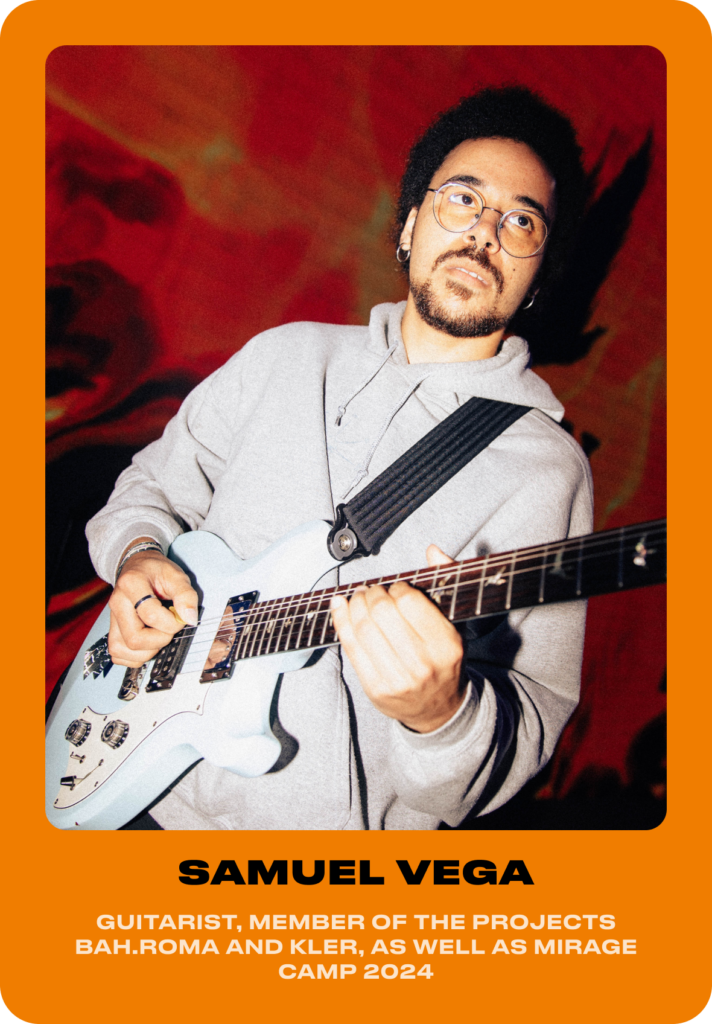
69. A mood board — on my computer, I collect, for example, photos of my favorite artists who inspire me. It’s like a ‘beautiful place’ that’s always on my desktop. For me, it’s a collection of favorite things that inspire me to make music. The most interesting part is noticing the common features in all of it and realizing that somewhere there, among all those influences, is the future me.
70. JTC Guitar is a learning portal for guitarists, where you can find a huge variety of lesson packs for all sorts of styles and genres, including improvisation. Depending on the artist-author, after purchasing a course you may receive a document with descriptions, study materials, exercises, audio and video files, and backing tracks — It’s all there for you to learn, analyze, and take something with you.
71. The live performance Aristocrats — ‘Boing, We’ll Do It Live’ is a huge inspiration for me. I’m always inspired by virtuoso guitarists who perform live. This is the coolest live show I’ve ever seen — an incredible recording of three powerful musicians improvising in the rock-fusion style.
72. Yussef Dayes & Alfa Mist — ‘Love Is The Message’ — an incredible video featuring four outstanding artists: Yussef Dayes, Alfa Mist, Mansur Brown, and Rocco Palladino. These are incredibly powerful jazz musicians who came together in the studio to play one amazing track. It’s closer to modern jazz than to rock. It once inspired me to play this kind of music and still continues to do so.
Матеріал створено за підтримки
